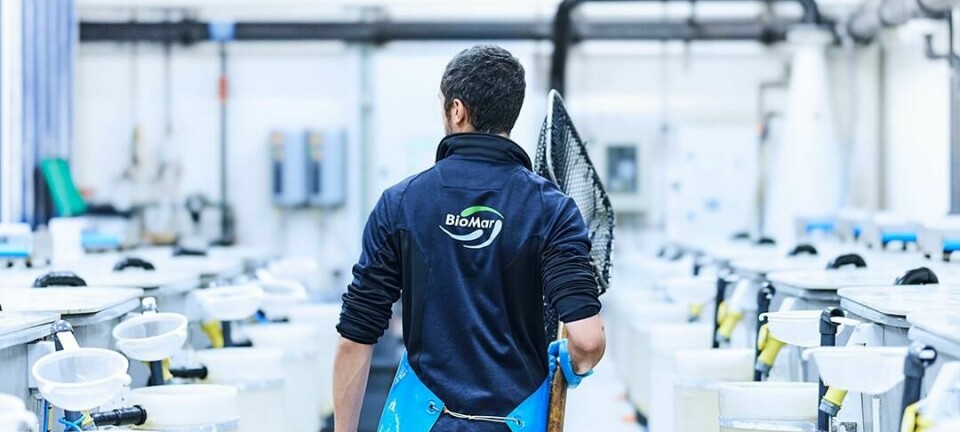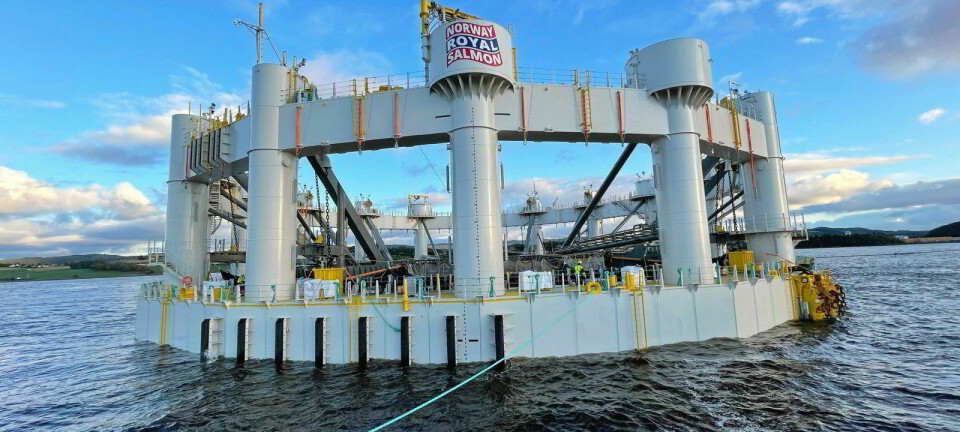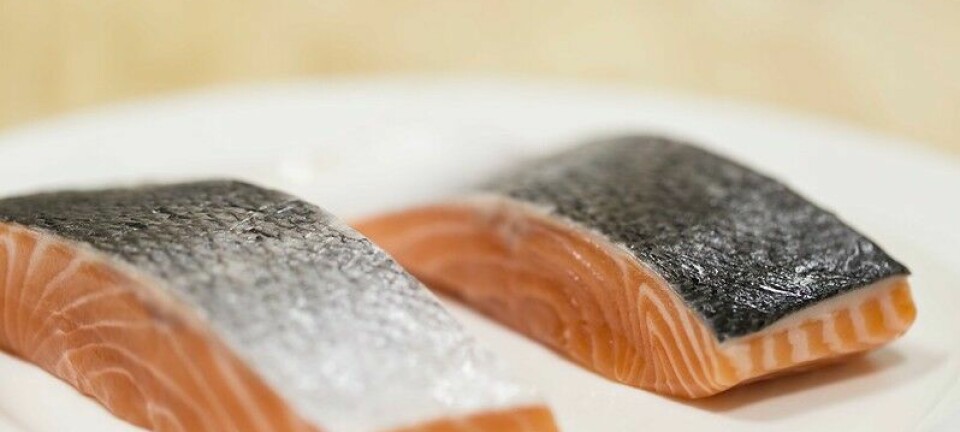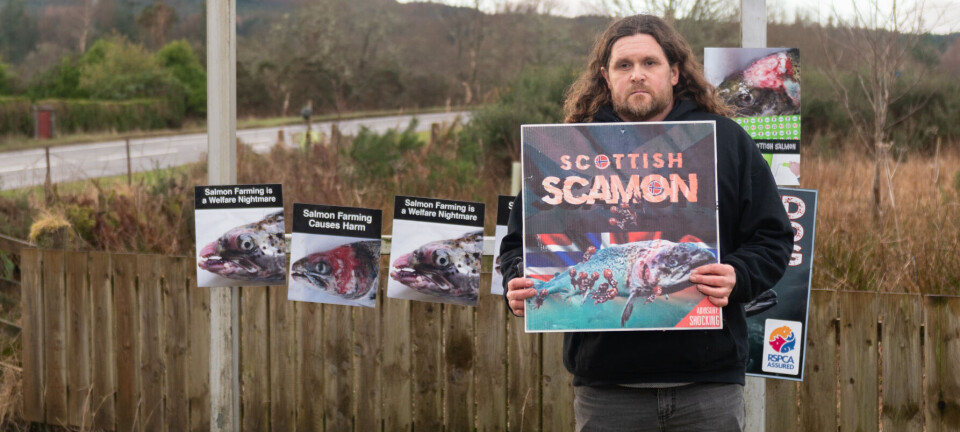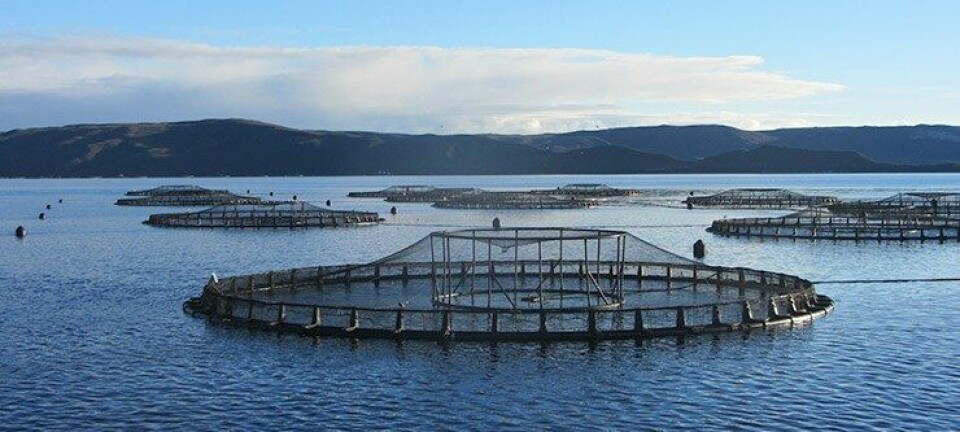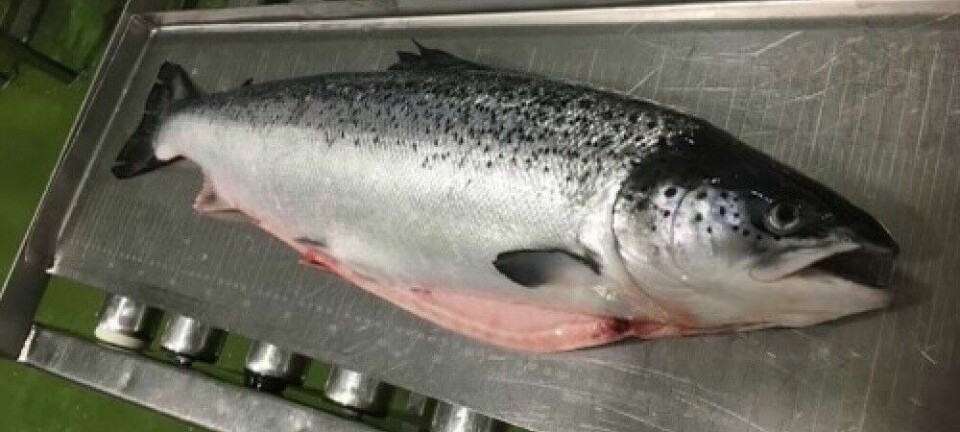
Cost of raising fish on dry land cost prohibitive
Many salmon farming companies are already operating land-based, “closed containment” salmon farms, but only to produce salmon smolts in fresh water. At a typical selling price of CAD$ 1.75 each for a 60 gram fish, that works out to a value of over $ 13.- per pound, or about ~ € 22.50 per kilo. Most of the experienced fish farmers in North America (and elsewhere) will acknowledge that in order to make money on a “closed containment”, land-based fish farm, you will need either a generous supply of gravity-fed groundwater or a supply of cheap energy that can be used to heat water in order to produce fast-growing warm water species with a short turn-around. Both scenarios will demand a relatively high selling price due to the additional complexities of operating such systems.
So it isn’t surprising that industry insiders question the motives behind a government that decides to spend money on the investigation of these systems, as Business Reporter for The Chronicle Herald, John Demont explains;
Hauling Nova Scotia’s and New Brunswick’s salmon farms out of the water and onto dry land would cost more than the country’s entire salmon farming industry is worth, say critics of Nova Scotia’s new aquaculture strategy. As part of the Nova Scotia government’s newly released approach to bolstering fish farming, $60,000 (~€46,500.-) is being put aside to study the feasibility of making “closed containment” a bigger part of the province’s aquaculture industry. Enclosing fish in floating containers on land-based farms to minimize their impact on nearby waters is nothing new to the province.
At the moment, fish are grown in some two dozen closed-containment facilities around the province. But those on-land tanks tend to hold less-popular species such as halibut, Arctic char and sea bass, with a few being used as hatcheries where salmon smolts mature until they are ready for sea cages. Most salmon farming, which accounts for 80 per cent of the revenues in the province’s $45-million (~€35 million) aquaculture sector, occurs in pens in waters along the coast. Putting all of salmon being farmed in Nova Scotia and New Brunswick waters into onshore container systems would require a land-based equivalent of 8,000 football fields, said Pam Parker, executive-director of the Atlantic Canada Fish Farming Association. (Nova Scotia’s aquaculture industry is about one-quarter the size of New Brunswick’s.)
As well, Parker said, raising salmon onshore fish farming requires expensive pipes, filters and flushing systems to remove wastes and restore oxygen levels. The upshot: moving the region’s aquaculture industry onshore would cost farmers $1.5 billion (~€1.16 billion) in addition to the price of the land. The extra cost makes its prohibitively expensive, said Paul Merlin who farms halibut, Arctic char and salmon smolt onshore near Advocate Harbour. “With the current technology, the margins are just too low,” Merlin said in an interview. He said that growing halibut onshore works because he gets $8.50 per pound (~€4.50 per kilo) of the fish. Salmon garners growers only $3.50 per pound. A 2010 Fisheries and Oceans Canada study into using closed-containment systems in British Columbia put farmers return on investment at 54 per cent for sea pens.
Closed-containment systems gave owners a return on investment of just two per cent. There are other issues, said Brian Blanchard, general manager of Scotian Halibut Ltd. in Clark’s Harbour. The iffy economics of onshore facilities mean that owners have to grow more fish to make ends meet. The Fisheries and Oceans study, for example, calculated that, on average, closed-containment systems stocked 50 kilograms of fish per cubic metre of water. Sea pens stocked an average of 15 kilograms of fish per cubic metre of water. “They’re basically heavily concentrated feedlots,” said Blanchard. “It’s inhumane.”
Critics say that the onshore farms also use more energy. Although they generally laud the direction of the government’s aquaculture strategy, they question whether closed-containment systems will really help rural communities. If fish can be grown on land, the logic goes, they don’t have to be grown in Nova Scotia’s coastal communities. “It’s like taking a factory in Trenton and moving it to Mexico because it’s cheaper,” said Blanchard, whose company raises halibut smolts that it sells to growers in Norway.


